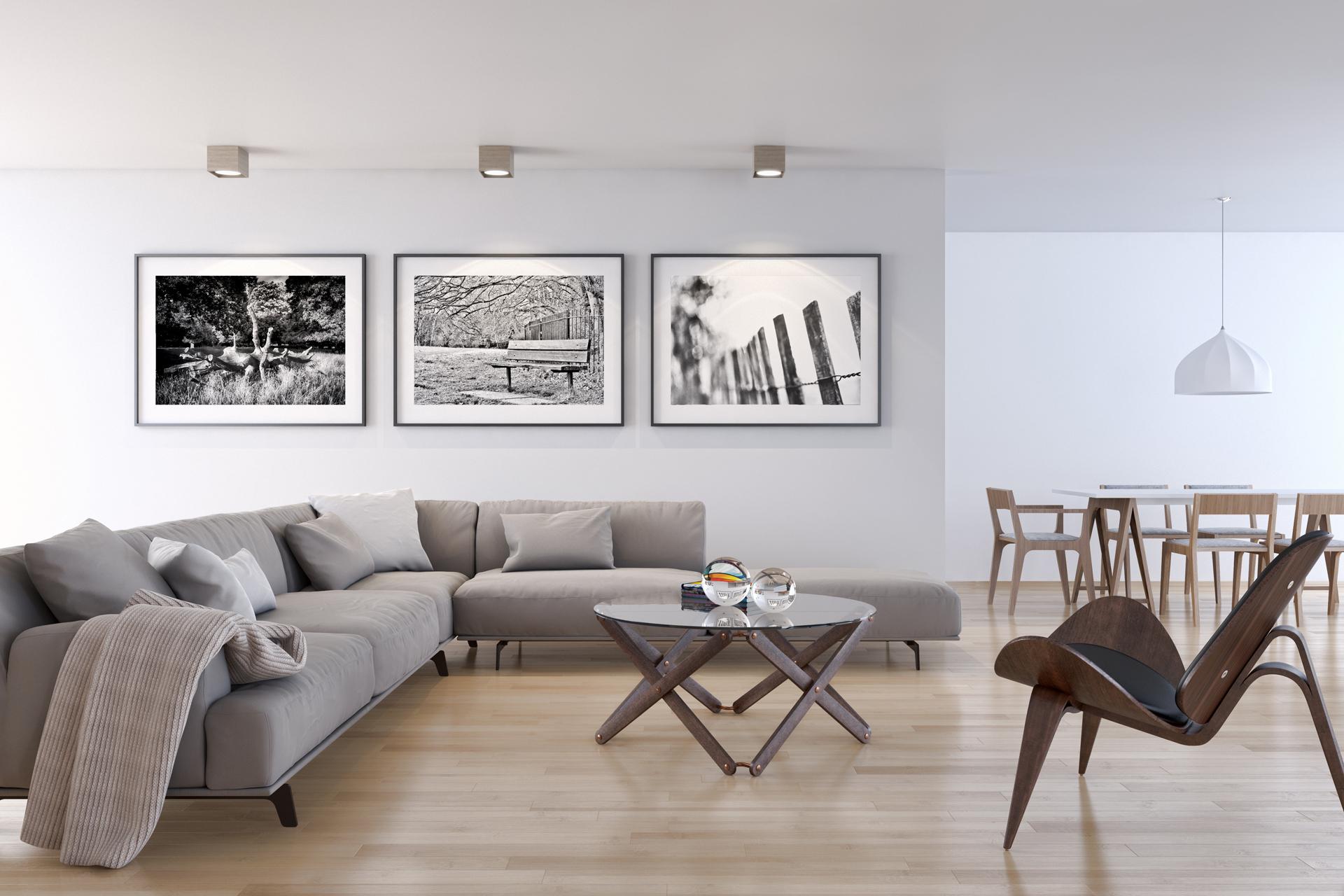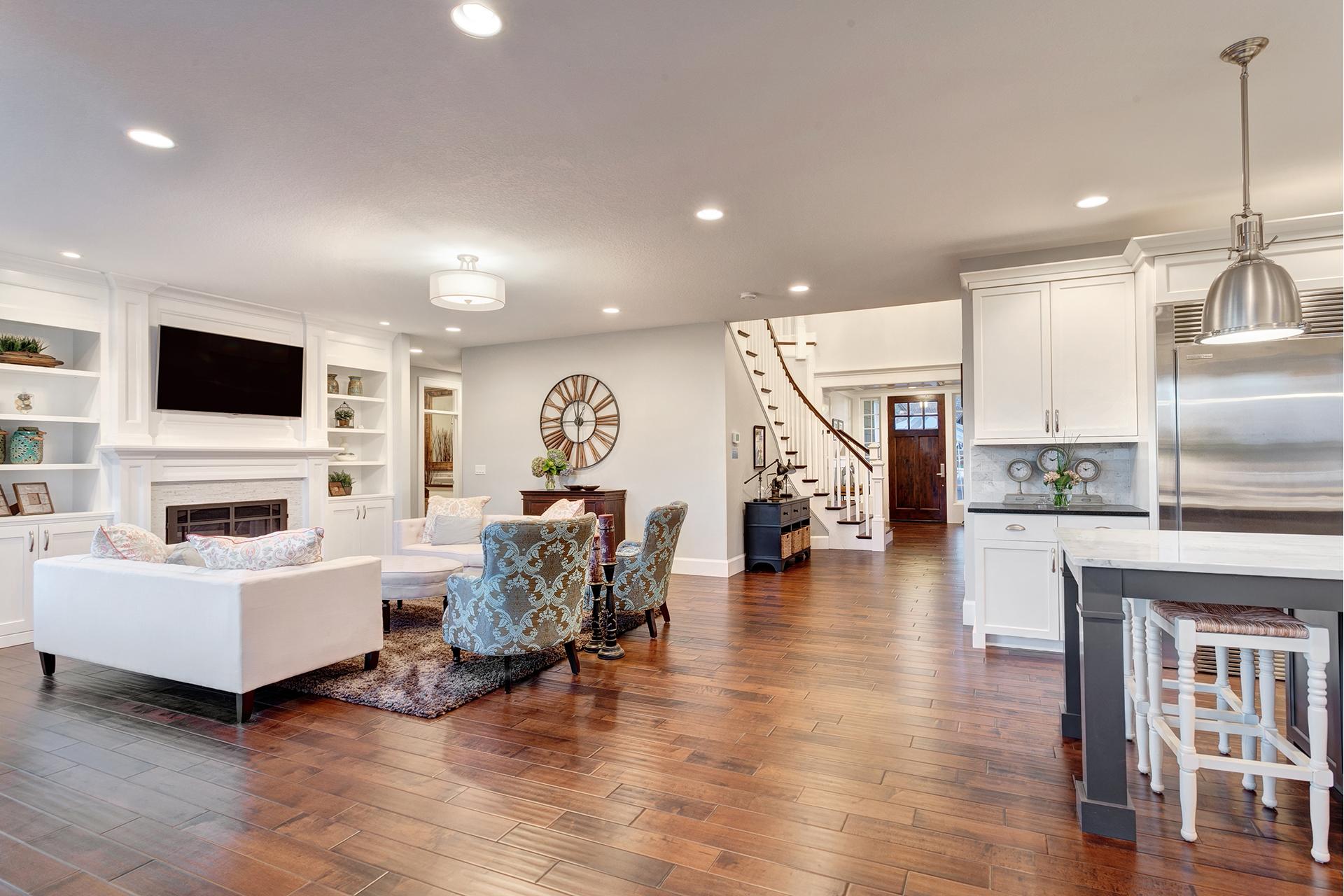Staging Secrets: Best Practices That Make Homes Shine
Staging Secrets: Best Practices That Make Homes Shine
When preparing a home for sale, the little details make all the difference. Buyers form impressions within seconds, and staging helps ensure those impressions are positive. The goal is to highlight the home’s potential, not the seller’s personal style. Here are some best practices to follow, along with common pitfalls to avoid.
Colors and Walls
A fresh coat of paint in light, neutral colors instantly brightens a space and appeals to the widest audience. Shades of white, soft gray, or beige create a blank canvas that allows buyers to picture their own furnishings. Bold or highly personalized colors, on the other hand, can be distracting and may even make a room feel smaller or darker.
Curtains and Blinds
Curtains should frame a window, not overpower it. Light, airy fabrics that hang to the floor give the illusion of higher ceilings and a more elegant look. Blinds are best left fully open during showings to maximize natural light. Heavy drapes or closed blinds make rooms feel dark and confined, which is the opposite of the warm, open atmosphere buyers want to feel.
Lighting and Lamps
Lighting sets the mood in a home. Relying only on overhead fixtures can leave rooms looking stark and flat. Instead, place lamps in corners or on side tables to soften shadows and create layers of light. Warm-toned bulbs help create an inviting, comfortable glow. Harsh or overly bright lighting should be avoided, as it can make spaces feel cold.
Mirrors and Décor
Mirrors are one of the best staging tools for enhancing space. Positioned thoughtfully—such as across from a window—they reflect light and make smaller rooms feel larger. Too many mirrors, or mirrors placed in awkward spots, can be distracting. Similarly, wall décor should be minimal and tasteful: think simple artwork or one well-placed piece. Personal photographs or overly bold art can prevent buyers from imagining the space as their own.
Furniture Placement
The way furniture is arranged changes how buyers perceive a room. The best practice is to create an easy flow, highlighting focal points like fireplaces or large windows. Editing down furniture so the room feels spacious is essential. Overcrowding a space with bulky pieces makes rooms appear smaller and harder to visualize.
Bathrooms and Kitchens
These rooms sell homes, so details matter. Bathrooms feel fresh and spa-like with neatly folded white towels, a small plant, or a neutral candle. Personal items like razors, toothbrushes, and half-used products should always be tucked away. In kitchens, clear counters and simple lifestyle touches—like a bowl of fresh fruit or a tray with a coffee setup—help buyers imagine daily living. Cluttered countertops or visible cleaning supplies can be an instant turnoff.
Entrance and First Impressions
The entryway is the home’s handshake. A clean doormat, a welcoming light, and perhaps a potted plant create an inviting start. Shoes, coats, or stacks of mail by the door send the wrong message and should always be removed. Buyers should feel they’re stepping into a cared-for and stylish space right from the first moment.
Greenery and Finishing Touches
A little greenery goes a long way. A plant in the living room or fresh flowers on the dining table adds vibrancy and life. The key is balance: too many plants can feel cluttered, but the right amount creates warmth. Similarly, finishing touches like throws, cushions, or a simply set dining table give a sense of lifestyle without going over the top.
The Bottom Line
Staging is not about perfection; it’s about possibility. The best practice is to create light, flow, and warmth, while avoiding clutter, heavy décor, or anything overly personal. When these principles are followed, a house stops being “just a property” and starts feeling like a home buyers can picture themselves in—often leading to faster offers and stronger results.


